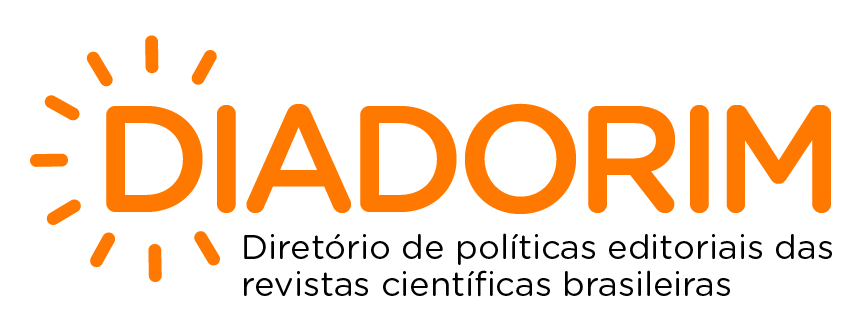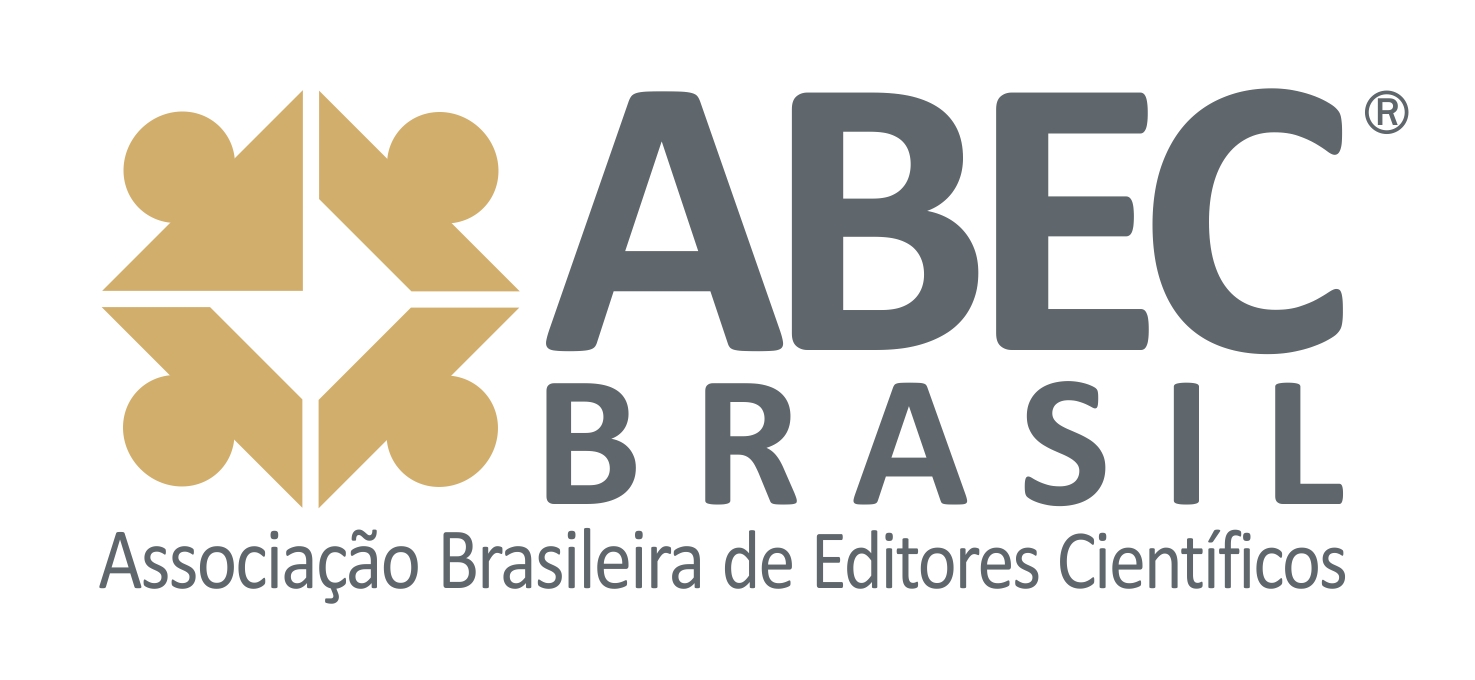Metrics and Indexers
The traditional Qualis, created by CAPES in the 2000s, has been modified. This change, formalized in Circular Letter No. 46/2024 (CAPES, Oct 3, 2024), determines that the evaluation now focuses on the classification of articles, rather than the journal strata. The new system allows the evaluation areas to adopt combined procedures, such as bibliometric indicators of the journal, direct indicators of the article, and qualitative analyses, ensuring greater focus on the quality and relevance of published works.
Therefore, the journal's ISSN (2675-9128) does not appear on the Sucupira Platform, since it is no longer used as a reference for Qualis.
Qualis Classification – RCMOS
- Education – Equivalence A1
- Health – Equivalence A1
- Law – Equivalence A1
- All Multidisciplinary Areas – Equivalence B2
A1 – Specific Areas
RCMOS presents Qualis A1 equivalence, based on the estimated Impact Factor for 2025, considering the most recent certification from the International Citation Report (ICR) (SJIF 2023).
Impact Factor 2025 by Area
- Education – IF: 4.812 | Certification in progress (SJIF 2025)
- Health – IF: 4.812 | Certification in progress (SJIF 2025)
- Law – IF: 4.812 | Certification in progress (SJIF 2025)
The A1 equivalence reflects the continuous growth of academic impact and visibility, reinforcing the relevance of RCMOS in these priority areas.
B2 – Multidisciplinary Areas
RCMOS presents B2 for its general performance in multidisciplinary areas, considering the most recent certification from the International Citation Report (ICR) (ISI, 2025).
- Total Citations (Google Scholar): 518
- h-index (Google Scholar): 7
- i10-index (Google Scholar): 4
- Publications (Dimensions): 796
- Citations per Publication (Dimensions): 0.59
- h-index (OpenAlex): 3
- Citations per Year (OpenAlex): 123.50
Thematic Areas of Activity
- Exact and Earth Sciences
- Biological Sciences
- Applied Social Sciences
- Health Sciences
- Arts and Humanities
- Technology and Engineering
- African Studies











